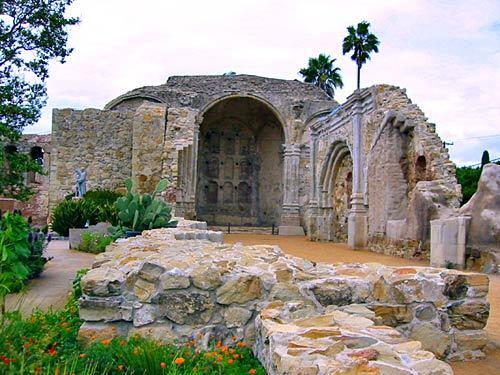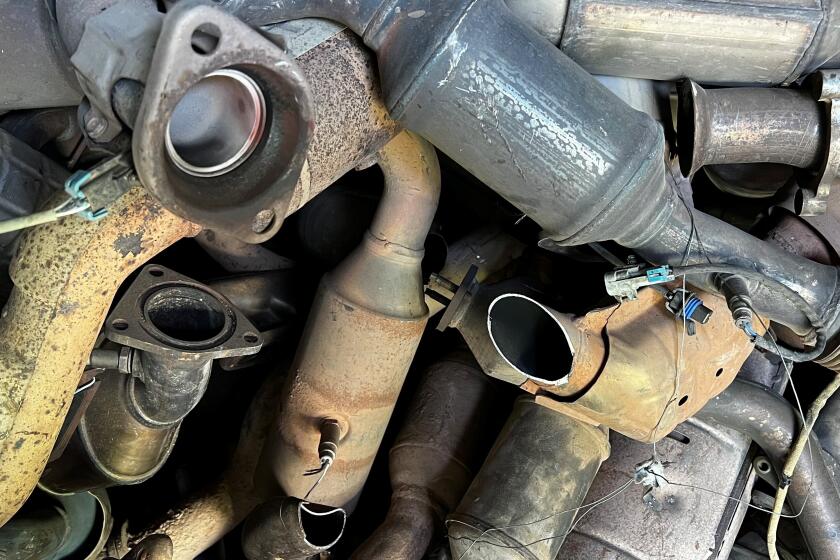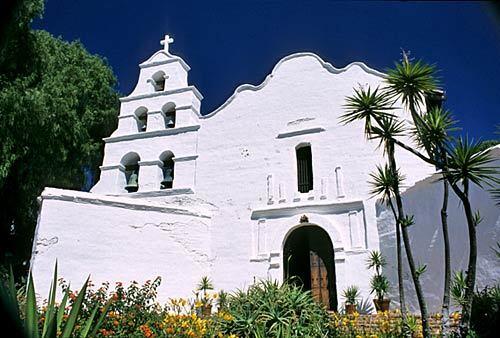
1. Before Alta
Those churches, many of which endure, were built from 1697 to 1767, when Spain expelled the Jesuits from Baja California. (Page 14) (G. Aldana / From The California Missions, Getty Publications)
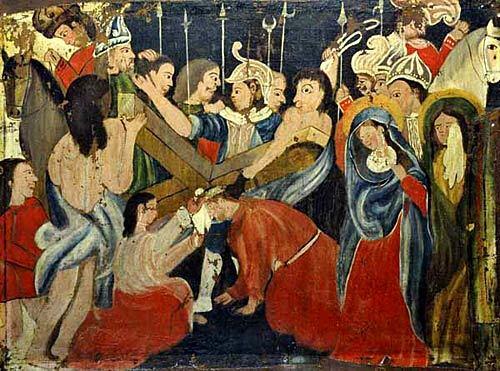
2. The main mission man in Alta
Junípero Serra, the Spanish-born Franciscan friar who led the expansion of missions into California, was already 56 when he reached
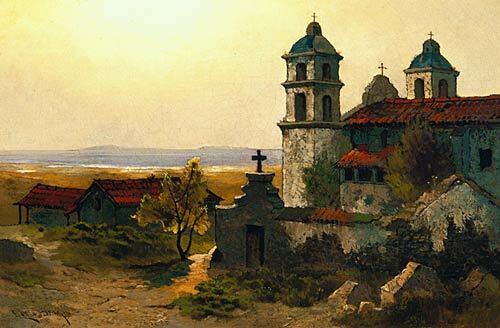
4. The first mission tourist may have been
No, not the naughty novelist. This Henry Miller, from Northern California, was a little-known artist who rode by mule in 1856 to visit and sketch all 21 missions (Page 37). Several other painters followed, and photographer Carleton Watkins set himself a similar mission in the 1870s and 1880s. Writer Robert Louis Stevenson spoke up for mission preservation in 1879. But it wasn’t until after “Ramona” in 1884 that a broad preservation movement gained momentum. (Courtesy Garzoli Gallery / From The California Missions, Getty Publications)
Advertisement
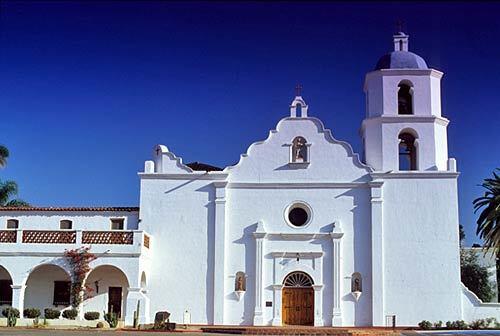
5.The biggest mission was in Oceanside.
Though the average mission settlement’s population of attached native “neophytes” rarely topped 2,000, San Luis Rey de Francia, in what is now Oceanside, grew quickly to a population of nearly 3,000. In the late 1820s, operations were said to include 60,000 head of cattle (Page 23). (Carleton Watkins / From The California Missions Getty Publications)
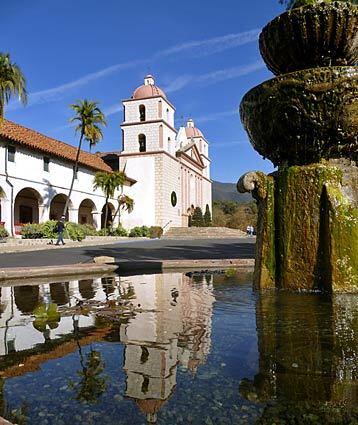
6. We can thank the Spanish for introducing Chinese fireworks to
The fireworks came, of course, amid all sorts of other good and bad baggage brought by missionaries and soldiers, including the following: influenza, smallpox, typhoid, syphilis, horses, cattle, incense, candles, corn, squash, guitars, trumpets, mirrors, bells, silk and iron (Pages 32 and 33). (Bill Dewey / From The California Missions, Getty Publications)
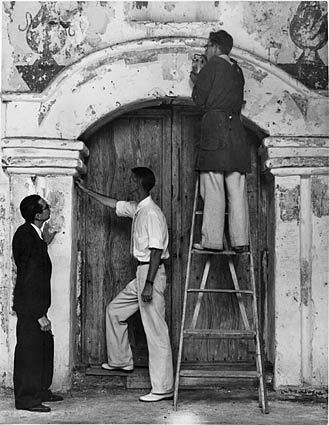
7. While
In 1750, before the missions reached Alta California, this region was home to an estimated 300,000 Native Americans. By 1855, that figure had fallen to about 50,000 (Pages 14 and 53). (Board of Trustees, National Gallery of Art / The California Missoins Getty Publications)
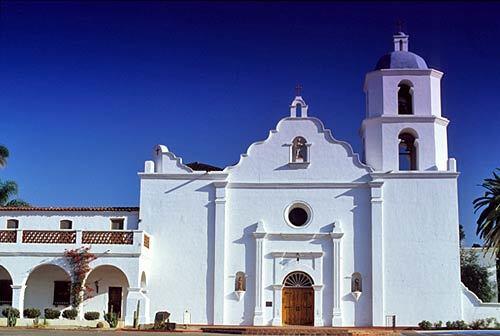
8. Most of the state’s mission churches are latter-day replacements.
Of the 21 mission churches that existed in 1832, only 10 original buildings have survived. Of those, four are made mostly of adobe (
Advertisement
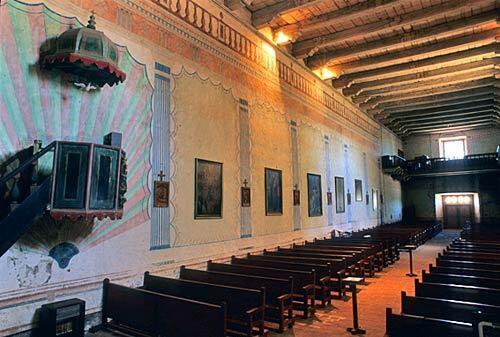
9. Once, these places were awash in crazy colors.
In their effort to clean up the crumbling old sites, the missions’ rescuers often covered or removed old murals, applying plain paint jobs in their place. Generations of fourth-graders, touring the sites as part of their
